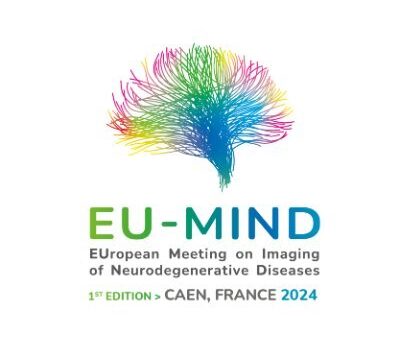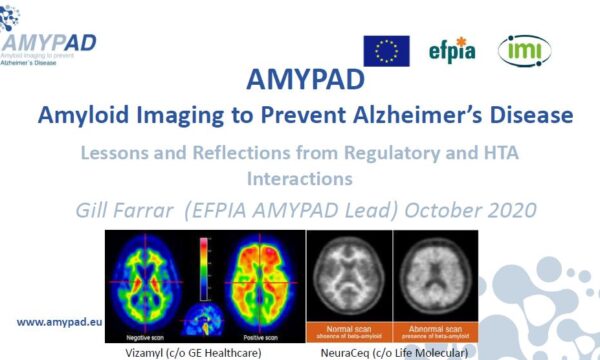Mahnaz Shekari, a researcher in the Neuroimaging Research Group at the Barcelonaβeta Brain Research Center (BBRC), has successfully defended her doctoral thesis on positron emission tomography (PET) imaging in preclinical Alzheimer’s disease. The director of the thesis has been the researcher and leader of the Neuroimaging Research Group of the BBRC, Dr. Juan Domingo Gispert.
The work, qualified with an excellent cum laude and entitled ‘PET in preclinical AD: Image Harmonization, Characterization of Centiloid Metric Aβ Load and Tau Fluid Biomarkers Associations’, is the fifth doctoral thesis developed at the BBRC. The focus of the thesis has been improving the brain PET quantification to determine the accumulation of amyloid and tau pathologies, key indicators of Alzheimer’s.
The findings of the thesis significantly contribute to establishing a universal guideline for brain PET harmonization, enabling comparable measurements, and thus facilitating multicenter brain PET studies and trials. The study also supports the robustness of the centiloid quantification: it has established the basis of the European Medicines Agency (EMA) qualification opinion for considering this scale, used to measure the presence and extent of amyloid accumulation in the brain on PET images, as a valid amyloid biomarker.
Throughout her PhD, the researcher has worked on the AMYPAD study, dedicated to improving the diagnosis and treatment of Alzheimer’s disease through PET imaging, and on the Alfa+ project, focused on describing the biological processes of the preclinical phase of Alzheimer’s disease. In collaboration with the Fluid Biomarkers Facility at the BBRC, Shekari has examined the potential use of fluid biomarkers to detect the early stages of amyloid dysregulation and tau pathology in the Alfa+ cohort, which includes cognitively healthy participants in the early stages of Alzheimer’s disease.
We spoke with her to learn more about her thesis and her future projects.
1. Can you tell us, in general terms, about the main conclusions of your PhD thesis? How do these advances contribute to our understanding of Alzheimer’s disease?
The brain PET harmonization framework will be integrated into an automated toolbox by EARL (RESEARCH 4 Life). This toolbox will assist imaging centers in harmonizing brain PET scans both prospectively and retrospectively. Additionally, our second study on Centiloid stability constitutes the first comprehensive evaluation of the stability and precision of Centiloid metrics under various conditions. Our findings offer valuable insights into the practical use of Centiloid, particularly in anti-amyloid trials for dose management. Moreover, our study represents a significant contribution to the validation of Centiloid as the amyloid biomarker recognized by the EMA. The final studies of the thesis revealed the promising potential of plasma biomarkers in cognitively unimpaired individuals in the early stages of Alzheimer’s disease. It’s noteworthy that our cohort is relatively younger compared to those typically studied in the literature. Despite this, our findings demonstrate that plasma biomarkers have the ability to monitor core Alzheimer’s pathologies effectively.
2. How do you face your new stage as a postdoctoral researcher? What lines of research would you like to delve into from now on?
In my upcoming postdoctoral position, my primary focus will be on PET image quantification and refining the pipeline for PET image quantification, and image harmonization at the BBRC. Moreover, I plan to leverage the data available from AMYPAD and Alfa+ to expand the studies conducted during my thesis. Stay tuned for more exciting studies to come!
Congratulations!
Original source: https://www.barcelonabeta.org/en/news/news/mahnaz-shekari-defends-her-doctoral-thesis-conducted-bbrc



